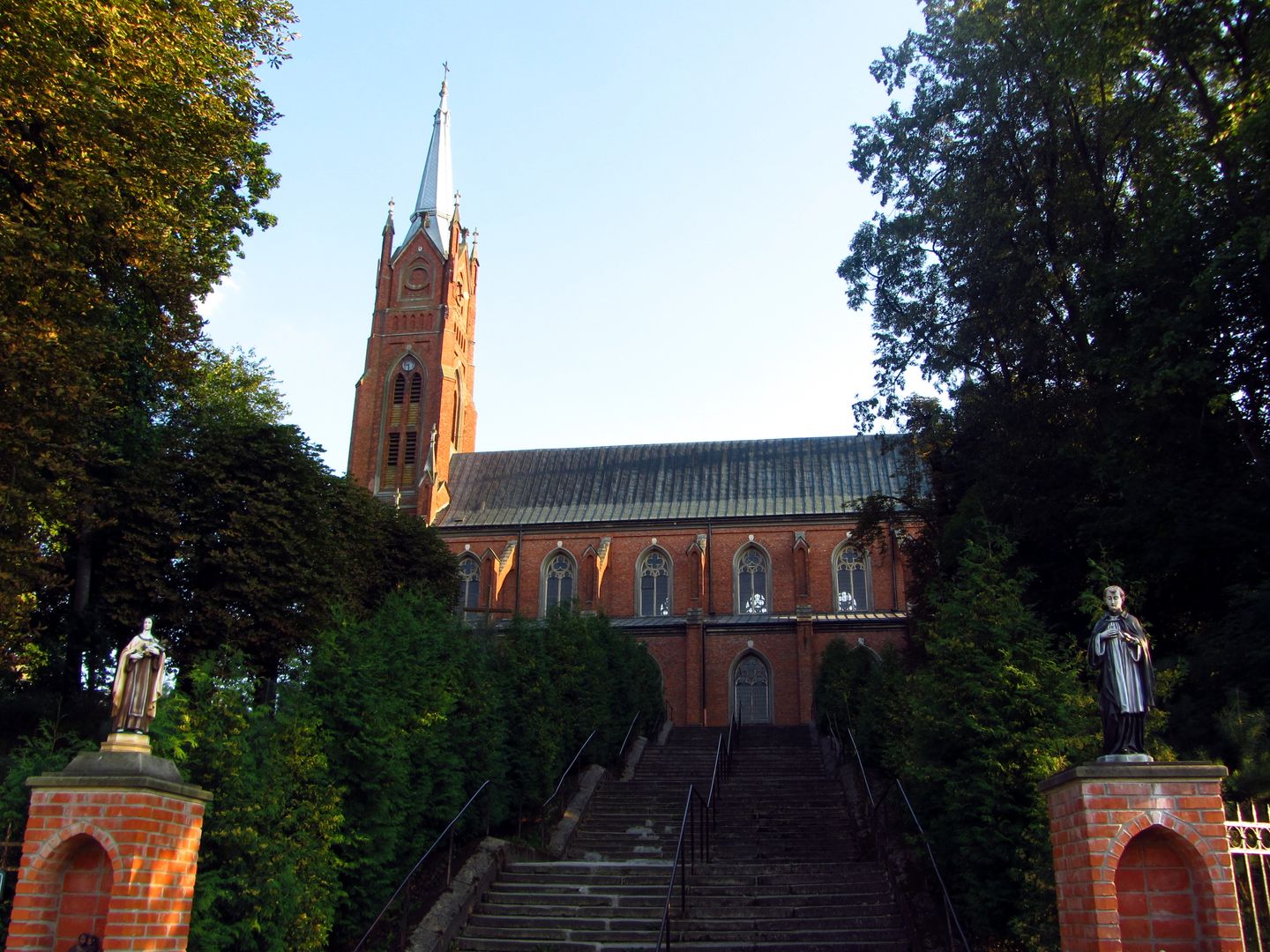Sulejów
6.56

Overview
Sulejów is a town in the Piotrków County of the Łódź Voivodeship, situated on the Pilica River. It was founded at a river crossing and developed thanks to a Cistercian abbey established in the 12th century. In the 13th century, Sulejów was granted town rights, and its history is intertwined with significant events for Poland, such as the assembly in 1318, where the decision to restore the Kingdom of Poland was made. The town experienced periods of prosperity and decline, wartime destruction, and development, including in the limestone industry, which became its main craft. Sulejów was renowned for limestone mining and burning, which contributed to population growth and the development of transport, including the construction of a narrow-gauge railway line. Architecturally, Sulejów stands out for its Cistercian abbey complex, one of the best-preserved in Poland, featuring a beautiful 13th-century Basilica of St. Thomas and a late Romanesque chapter house. Other historic sites include an arsenal with the Abbot's Tower, monastery buildings, defensive towers, and churches, including the Parish Church of St. Florian. Sulejów also boasts rich tourist attractions, offering walking trails along the Pilica River. The town actively hosts religious communities, predominantly the Roman Catholic Church. Its international cooperation includes partnerships with Tišnov, Heves, and Slavuta. Despite the destruction of World War II, Sulejów was rebuilt and continues to develop, attracting tourists interested in its history, architecture, and limestone industry.
Location
You can also find here:
2025 Wizytor | All Rights Reserved

